If Ontario were a person, it would be that overachieving cousin who somehow excels at everything—tech mogul by day, wilderness explorer by weekend, and amateur astronaut by night. Canada’s most populous province isn’t just home to the CN Tower and maple syrup; it’s a place where polar bears and AI researchers oddly coexist. As author Margaret Atwood once mused, Ontario’s landscapes "are characters in their own right," while futurist Douglas Coupland likened Toronto to a "collage of global village quirks." Even astrophysicist Neil deGrasse Tyson tipped his hat to Ontario’s Sudbury Basin, a crater so moon-like NASA used it to train astronauts. So, what else makes Ontario secretly extraordinary?
Silicon Valley’s Chillier Cousin
Forget California—Ontario’s tech scene is where algorithms meet igloos (metaphorically, since Toronto winters are more slush than snow). The Toronto-Waterloo corridor pumps out more tech unicorns than a fairy tale factory, with Shopify and Google’s AI labs calling it home. In 2021, Toronto added more tech jobs than Seattle and Boston combined, according to CBRE. Even Ryan Reynolds’ Mint Mobile ads can’t compete with that hustle.
AI’s Canadian Brain Trust
The Vector Institute in Toronto is like the Avengers for artificial intelligence, where researchers teach machines to diagnose diseases and predict traffic jams. Fun fact: Ontario’s AI sector got a $30M boost from the province to outsmart DeepMind. Take that, London.
Green Energy’s Sneaky Playground
While Alberta drills oil, Ontario quietly powers 90% of its grid with nuclear and renewables. The IESO even uses AI to balance supply—because why let humans handle it when a robot can? Bruce Power, the world’s largest operating nuclear facility, could charge 1.2 million Teslas simultaneously. Eat your heart out, Elon.
Startups That Don’t Freeze in Winter
From Wattpad’s storytelling apps to ecobee’s smart thermostats (a necessity when -30°C hits), Ontario’s startups solve real problems. Pro tip: Next time your phone autocorrects "eh," thank a Toronto-based NLP engineer.
Ontario’s Connection to NASA’s Moon Missions
Did you know Ontario played a starring role in one of humanity’s greatest achievements—landing on the moon? While it might not be the first thing that comes to mind when you think of NASA’s Apollo missions, Ontario’s unique geography and expertise made it an essential part of the journey to the lunar surface.
At the heart of this connection is Sudbury, Ontario, a city often dubbed “Canada’s mining capital.” Why Sudbury? Its rocky, moon-like landscape made it the perfect testing ground for the lunar rovers that astronauts used to explore the moon’s surface. Engineers from NASA traveled to Sudbury to conduct field tests, ensuring the rovers could handle the rugged terrain. Who knew Ontario’s rocks would help humans take their first steps on another world?
But Ontario’s contributions to space exploration didn’t stop there. The province’s universities and research institutions have been actively involved in space science for decades. For example, the University of Waterloo has been a pioneer in aerospace engineering, while the University of Toronto has contributed to astrophysics research that continues to shape our understanding of the universe. Next time you gaze at the stars, remember that Ontario’s fingerprints are all over humanity’s quest to reach them.
The Niagara Escarpment: A Geological Marvel
When most people think of Niagara, they picture the iconic Niagara Falls. But the Niagara Escarpment is so much more than just a backdrop for Instagram-worthy waterfalls. This stunning geological feature stretches over 725 kilometers from New York to Wisconsin, with much of it running through Ontario. It’s like nature’s spine, holding together some of the province’s most breathtaking landscapes.
The escarpment isn’t just pretty to look at—it’s also a UNESCO World Biosphere Reserve, recognized for its unique ecosystems and geological significance. It’s home to ancient forests, rare plant species, and even fossil beds that tell the story of life on Earth millions of years ago. Think of it as Ontario’s very own time machine, offering a glimpse into the planet’s distant past.
For outdoor enthusiasts, the Bruce Trail is the crown jewel of the Niagara Escarpment. This 900-kilometer hiking trail is the longest in Canada, winding through forests, valleys, and cliffs. Whether you’re a seasoned hiker or just looking for a scenic stroll, the Bruce Trail has something for everyone. Plus, it’s a great way to burn off all those poutine calories!
Ontario’s Diverse Wildlife
Ontario isn't just about skyscrapers and tech startups—it's a wild kingdom waiting to be explored. From the haunting howls of wolves echoing through Algonquin Park to the silent glide of a moose through a misty lake, this province is a sanctuary for creatures great and small. If you think Ontario's only claim to fame is its cities, prepare to have your mind blown by its untamed side.
Algonquin Park: A Wildlife Haven
Covering over 7,600 square kilometers, Algonquin Provincial Park is Ontario's crown jewel for wildlife enthusiasts. It's one of the few places where you can hear the spine-tingling chorus of wolves at dusk—a sound so primal it'll make your hair stand on end. The park is home to:
- Moose - These gangly giants are so common here that Algonquin has the highest moose density in North America
- Eastern wolves - A rare species found almost exclusively in this region
- Black bears - Shy but occasionally spotted foraging for berries
- Beavers - Canada's national animal, busy as ever building dams
Pro tip: Visit in early autumn when the moose are most active, and the fall colors create a spectacular backdrop for wildlife photography. Just remember to keep your distance—these are wild animals, not Instagram models.
Ontario’s Bird Species
With over 400 species of birds, Ontario is a twitcher's paradise. The province sits smack in the middle of the Atlantic and Mississippi flyways, making it a crucial pit stop for migratory birds. Some feathered celebrities you might spot:
| Bird | Where to Find | Best Season |
|---|---|---|
| Common Loon | Northern lakes | Summer |
| Peregrine Falcon | Toronto skyscrapers | Year-round |
| Prothonotary Warbler | Point Pelee National Park | Spring migration |
Fun fact: The Point Pelee National Park sees such spectacular bird migrations that it's been dubbed the "Warbler Capital of Canada." During peak migration, you might see hundreds of species in a single day—a phenomenon that turns normally sane adults into giddy, binocular-toting maniacs.
Ontario’s Artistic Legacy
Beyond its natural wonders, Ontario has been quietly shaping the artistic soul of Canada. From rugged landscapes that inspired a national art movement to cutting-edge street art that transforms urban spaces, creativity flows through this province like maple syrup on pancakes.
The Group of Seven
In the 1920s, a rebellious bunch of artists decided Canadian art shouldn't just copy European styles. The Group of Seven painted Ontario's wilderness with bold, vibrant strokes that shocked the art establishment. Their favorite haunts?
- Algonquin Park - Where Tom Thomson created his iconic "The Jack Pine"
- Killarney Provincial Park - The quartzite hills inspired many Group works
- Georgian Bay - Where wind-sculpted pines became artistic symbols
Today, you can follow their footsteps on the Group of Seven Art Trail, visiting the exact spots where these art revolutionaries set up their easels. It's like a treasure hunt for culture vultures.
Ontario’s Thriving Arts Scene
Fast forward a century, and Ontario's arts scene is exploding like a paint can in a Shake Weight factory. Toronto's Art Gallery of Ontario houses one of the largest collections of Canadian art globally, while the National Gallery in Ottawa showcases everything from Inuit carvings to contemporary installations.
But it's not all stuffy galleries—Ontario's streets pulse with creative energy:
- Toronto's Graffiti Alley - A constantly evolving open-air gallery in Queen West
- Ottawa's ByWard Market - Where buskers and artisans create a 24/7 cultural carnival
- Hamilton's James Street North - Ground zero for the city's arts renaissance
Whether you're into classical masterpieces or avant-garde performance art, Ontario serves it up with a side of poutine. The province proves that art isn't just something you see in museums—it's woven into the very fabric of everyday life.
AI Solutions: How Could AI Enhance Ontario’s Future?
As an AI, I would focus on leveraging technology to address Ontario’s challenges and opportunities. The province’s unique blend of urban centers, natural resources, and technological infrastructure makes it an ideal candidate for AI-driven innovation. Here’s how AI could transform Ontario’s future:
Enhancing Urban Planning with AI
Ontario’s cities, particularly Toronto, are growing rapidly, leading to challenges like traffic congestion and housing shortages. AI could optimize urban development by analyzing data on population growth, transportation patterns, and land use. For instance, AI-powered traffic management systems could reduce congestion by dynamically adjusting traffic signals based on real-time data. Additionally, AI could assist in designing affordable housing solutions by identifying underutilized spaces and optimizing building layouts.
AI in Environmental Conservation
Ontario’s natural resources, from the Algonquin Park to the Niagara Escarpment, are invaluable. AI could play a crucial role in monitoring and protecting these ecosystems. For example, AI-powered drones could track wildlife populations and detect illegal logging activities. Machine learning algorithms could analyze satellite imagery to monitor deforestation and water quality, enabling proactive conservation efforts. AI could also optimize renewable energy production by predicting weather patterns and adjusting wind and solar farms accordingly.
AI in Healthcare Innovation
Ontario’s healthcare system could benefit significantly from AI-driven diagnostics and personalized medicine. AI algorithms could analyze medical records to identify patterns and predict disease outbreaks, enabling early intervention. In hospitals, AI could assist doctors by providing real-time diagnostic support and suggesting personalized treatment plans. For instance, AI-powered imaging tools could detect early signs of diseases like cancer with greater accuracy than traditional methods. Additionally, AI could streamline administrative tasks, reducing the burden on healthcare professionals and improving patient care.
Action Schedule/Roadmap
Here’s a detailed plan for implementing AI solutions in Ontario:
- Day 1-7: Research and identify key areas for AI integration, focusing on urban planning, environmental conservation, and healthcare. Collaborate with institutions like the University of Toronto and University of Waterloo to gather data and insights.
- Week 2-4: Develop AI models for urban planning, including traffic management and housing optimization. Partner with tech companies like Shopify and Google to pilot these models in Toronto and Ottawa.
- Month 1-3: Launch AI-powered environmental monitoring systems, using drones and satellite imagery to track wildlife and natural resources. Collaborate with conservation organizations to implement these systems in Algonquin Park and the Niagara Escarpment.
- Month 4-6: Integrate AI into Ontario’s healthcare system, starting with diagnostic tools and personalized medicine. Partner with hospitals and research institutions to test and refine these technologies.
- Year 1: Implement AI solutions in major cities like Toronto and Ottawa, focusing on urban planning and healthcare. Evaluate the impact of these initiatives and gather feedback from stakeholders.
- Year 1.5: Expand AI initiatives to smaller cities and rural areas, ensuring that the benefits of AI are accessible to all Ontarians. Focus on environmental conservation and renewable energy optimization.
- Year 2: Evaluate and refine AI systems for maximum impact. Share best practices and lessons learned with other provinces and countries, positioning Ontario as a global leader in AI innovation.
Ontario’s Future: A Vision of Innovation and Sustainability
Ontario stands at the crossroads of innovation and tradition, a province where cutting-edge technology meets natural beauty. By embracing AI, Ontario can address its most pressing challenges while unlocking new opportunities for growth and sustainability. Imagine a future where traffic flows seamlessly through Toronto’s streets, where Algonquin Park’s wildlife thrives under the watchful eye of AI-powered drones, and where every Ontarian has access to personalized healthcare tailored to their unique needs.
This vision is not just a dream—it’s a roadmap for the future. By leveraging the power of AI, Ontario can continue to lead the way in technology, conservation, and healthcare. The province’s commitment to innovation, combined with its rich natural and cultural heritage, makes it a beacon of progress in the 21st century.
For more local insights and updates, visit the Toronto News Portal and stay connected with Ontario’s vibrant community. Together, we can build a future that’s as bright and promising as the province itself.
Frequently Asked Questions (FAQ)
Q1: What makes woodworking a great hobby for beginners?
Woodworking is a rewarding hobby because it combines creativity, problem-solving, and practical skills. Beginners can start small with simple projects like birdhouses or shelves, gradually building confidence and expertise. It’s also a great way to create custom, handcrafted items for your home or as gifts. Plus, with resources like Ted's Woodworking, you can find step-by-step guides to make the process easy and enjoyable.
Q2: What are the essential tools every beginner woodworker should have?
As a beginner, you don’t need a lot of fancy equipment. Here’s a list of basic tools to get started:
- A quality saw (hand saw or circular saw)
- A hammer and nails
- A measuring tape and square
- A drill and drill bits
- Sandpaper or a sander
These tools will help you complete most beginner projects without breaking the bank.
Q3: How do I choose the right wood for my project?
Choosing the right wood depends on your project’s purpose and your budget. Softwoods like pine are affordable and great for practice projects, while hardwoods like oak or maple are durable and ideal for furniture. For more detailed advice, check out this timber species guide from Wood Magazine.
Q4: Are power tools necessary for beginners?
Power tools can make woodworking faster and more efficient, but they’re not essential for beginners. Start with hand tools to learn the basics, and as you progress, you can invest in power tools like a circular saw or a drill. Always prioritize safety and take the time to learn how to use each tool properly.
Q5: Where can I find beginner-friendly woodworking plans?
Beginner-friendly plans are widely available online. Ted's Woodworking offers a wide range of detailed plans for all skill levels. You can also find free tutorials on YouTube or blogs like Woodworker's Journal.
Q6: How can I ensure safety while woodworking?
Safety is crucial in woodworking. Always wear protective gear like safety glasses and gloves, and keep your workspace clean and organized. Read the manuals for your tools, and never rush through a project. For more tips, check out this woodworking safety guide from OSHA.
Q7: Can woodworking be a profitable hobby?
Absolutely! Many woodworkers turn their hobby into a side hustle by selling handmade furniture, decor, or custom pieces. Platforms like Etsy make it easy to reach customers. Start small, and as your skills improve, you can scale up your operations.
Q8: Where can I find local supplies in Toronto for woodworking projects?
Toronto has several great spots for woodworking supplies. Check out stores like Lee Valley Tools or Home Depot. For more local resources, visit the Toronto News Portal for updates on local businesses and events.
Q9: How do I maintain my woodworking tools?
Proper maintenance extends the life of your tools. Clean them after each use, sharpen blades regularly, and store them in a dry place to prevent rust. For guidance, here’s a great tool maintenance guide from Popular Woodworking.
Q10: What’s the best way to learn advanced woodworking skills?
Advanced skills come with practice and learning. Consider taking classes at local community centers or online platforms like Skillshare. Books and YouTube channels like Woodworking for Mere Mortals are also valuable resources.
Wait! There's more...check out our gripping short story that continues the journey: The Unwritten Stories of Ontario
Disclaimer: This article may contain affiliate links. If you click on these links and make a purchase, we may receive a commission at no additional cost to you. Our recommendations and reviews are always independent and objective, aiming to provide you with the best information and resources.
Get Exclusive Stories, Photos, Art & Offers - Subscribe Today!
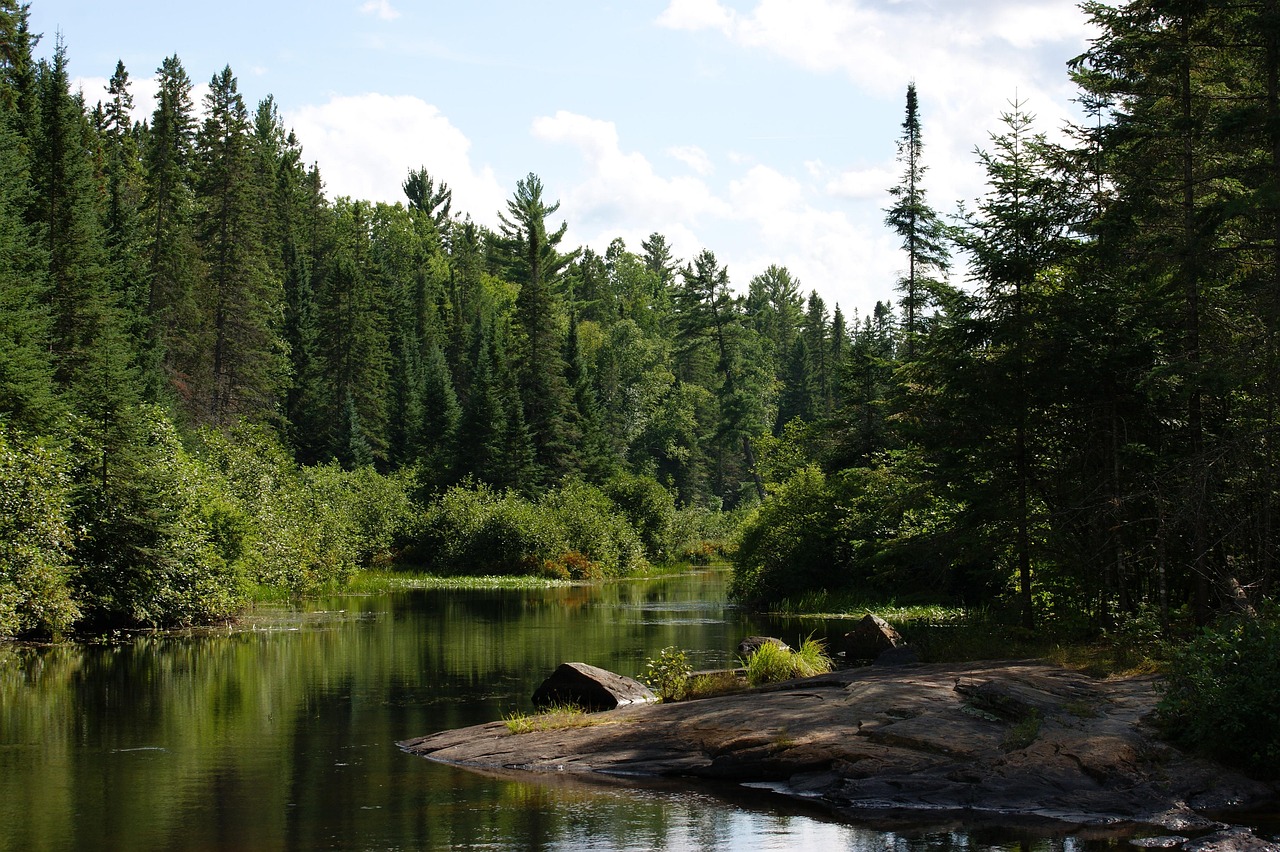

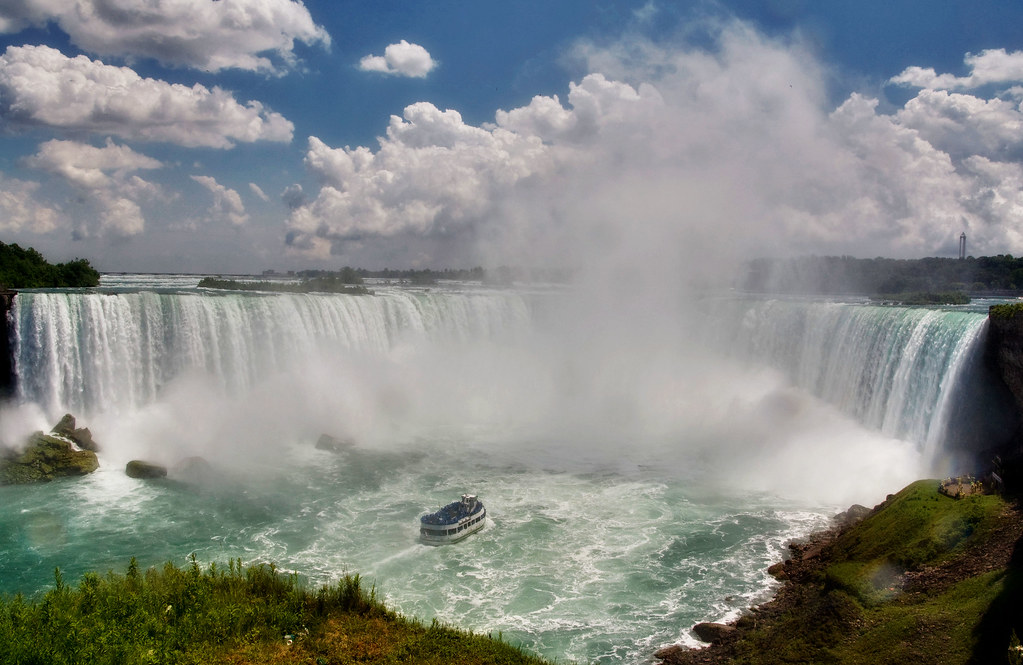

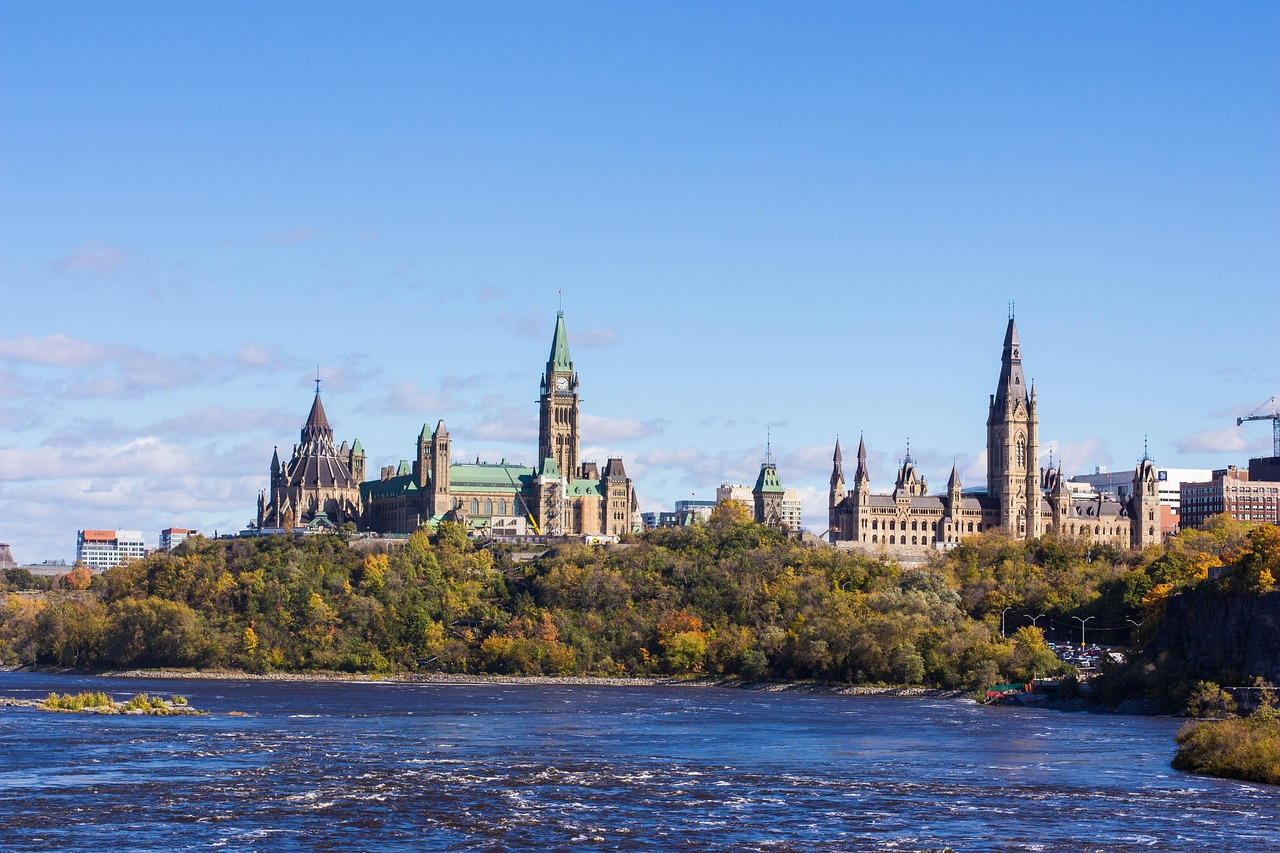

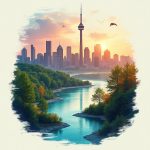


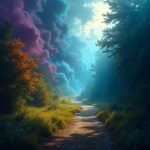

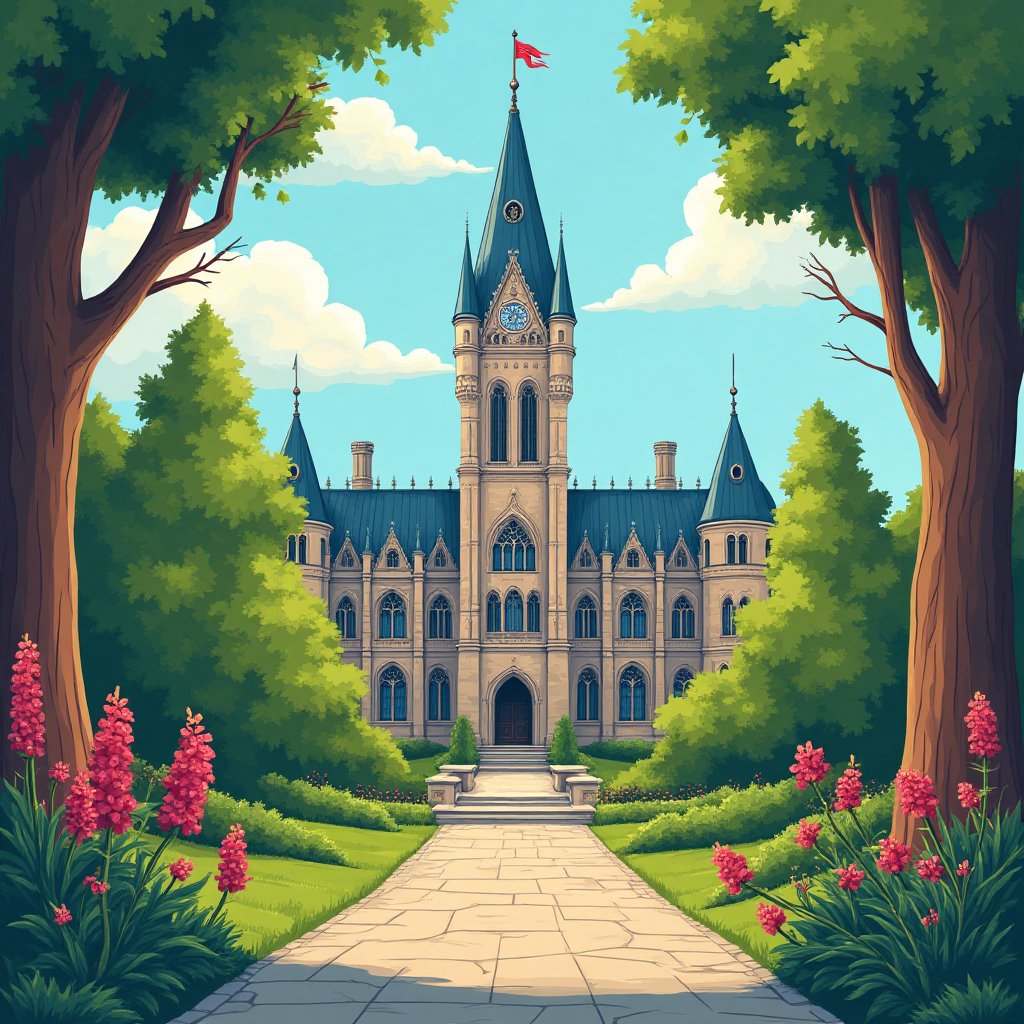
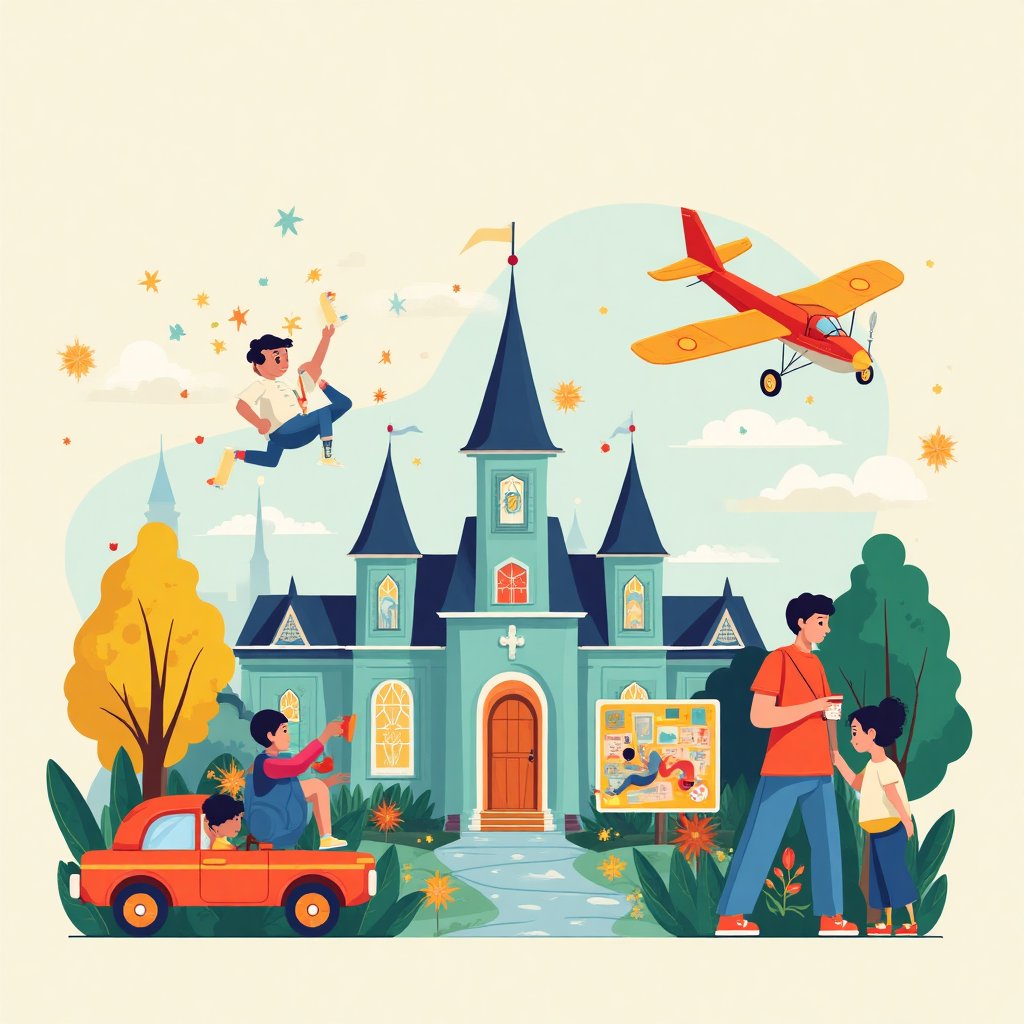
















Post Comment
You must be logged in to post a comment.